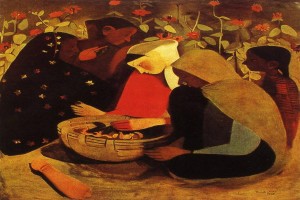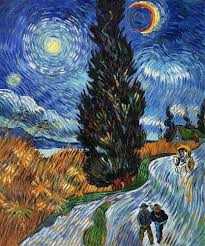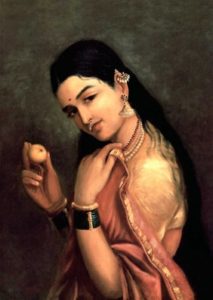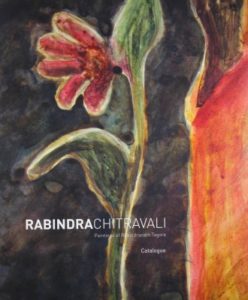
Resting by Amrita Sher-Gil , 1939
Feature: Amrita an enigma – 5
 By Amit Srivastava
By Amit Srivastava
The late nineteenth century was a turning point in Indian history of painting. The ancient Indian painting styles had almost died down in India whereas in Europe the art revival and innovation was at its peak fueled by the spirit of renaissance. The European art scene throbbed with the fresh ideas and seminal works of artists like Van Gogh, Cezanne, Gaugin, Matisse and Picasso. Paris was at the center of all this experimentation and innovation pushing the boundaries of art and exploring newer frontiers. The main streams of the movement can be broadly categorized as Romanticism, Realism, Impressionism, and later on Post Impressionism and Symbolism.

During this time the Indian Painting scenario was going through a phase of uncertainty and a sort of a vacuum. The old styles were lost in history and the struggle to establish new modes of expression had not started yet. The British believed that ‘There was no living art; Indian living art was dead. The early British John Kipling and John Griffith one of the fines Victorian painters, established arts colleges in India in order to disseminate the western tools and sensibilities among the Indians.
Also read: For Amrita, strong women seeking bonding was a recurrent motif
The Indian modern art movement is supposed to have started in the late nineteenth century. Raja Ravi Varma was one of the most celebrated painters of the modern times. He was one of the pioneers who used western tools and techniques to depict Indian themes. He belonged to one of the early schools that worked towards fusion of western framework and Indian sensibilities. Raja Ravi Varma and later on Amrita Shergil were two of the early pioneers in this regard. Amrita was trained at the prestigious ‘École des Beaux-Arts’, Paris but she worked hard to veer to bring the essence of India in her paintings.

Ravi Varma was influenced by the Academic style of Art that flourished in England during the Eighteenth and Nineteenth century. This style laid emphasis on historicism in art. Ravi Varma blended this style with elements of Indian ness by borrowing heavily from Sanskrit stories and characters like Nal Damayanti, Shakuntala, Draupadi etc.
People were familiar with these names but could not visualize in the absence of any popular artistic representations. His depiction of women was more on the level of aesthetics and sensuousness. His portrayal of Bharat Mata and the Gods and goddesses of the Hindu Pantheon made people see him as national hero and it helped forge national consciousness in India. But his form of art went away after his death and the Bengal School became more dominant due to arrival of artists like Abanindranath and critics like H.B.Havell who put more emphasis on traditional Indian art form devoid of any western influence.

The Bengal school of art on the other hand began as a counter movement to the Western influences in Indian Painting. Abanindranath Tagore led this movement of the Bengal school of painting. The movement drew from the rich cultural traditions of India. It was succeeded by the Shantiniketan School led by Rabindranath Tagore. Rabindranath started paintings at a very late age. The inspiration was drawn to a great extent from rural folks and rural lifestyle.
Here it is pertinent to mention that while the Western Modernism was mainly an urban phenomenon it was not the case in India. Rabindranath, Amrita and many artists preferred to look at the idyllic rural life and the simple rural folks as the focus of their painting.
– (Concluded)






Good and informative